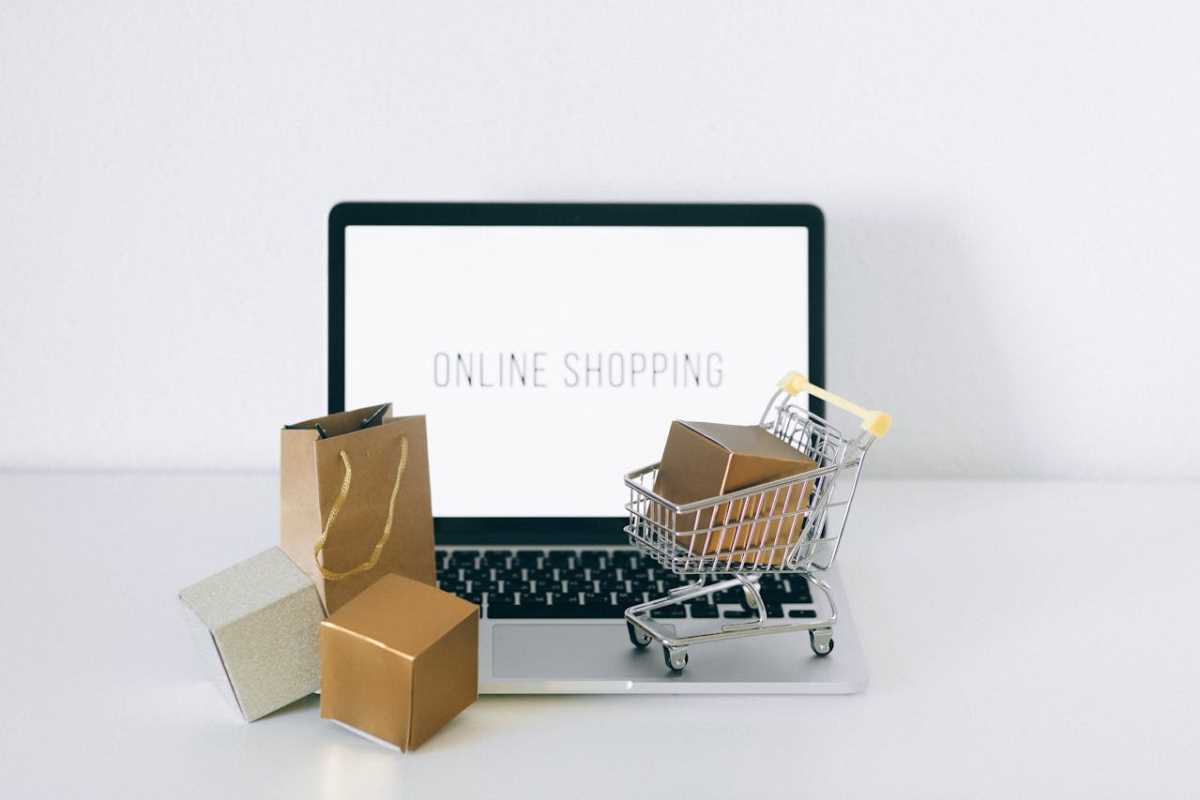Some of the fastest-growing companies today share a powerful secret: their product sells itself. This strategy, known as product-led growth (PLG), flips the traditional sales model on its head. Instead of relying on sales teams to chase leads, PLG uses the product itself as the main driver for acquiring, converting, and retaining customers. It's a model that has created giants like Slack, Dropbox, and Calendly.
What Is Product-Led Growth?
Product-led growth is a business strategy where the product experience drives user acquisition and expansion. It centers on a simple but powerful idea: let people try the product and experience its value firsthand. This approach usually involves a free trial or a freemium model.
Unlike a sales-led model where a salesperson must convince a prospect of a product's value, PLG lets the product do the talking. The goal is to create a product so good and so easy to use that users naturally want to upgrade or invite their colleagues. This creates a viral loop that fuels rapid, low-cost growth.
The numbers back it up. Public PLG companies have shown higher revenue multiples and faster growth rates compared to their peers. But how do they do it? Let's explore the key lessons from startups that mastered this strategy.
Lesson 1: Make Onboarding Effortless
The first few moments a user spends with your product are critical. If they are confused or cannot find value quickly, they will leave and never return. Successful PLG companies are masters of creating a seamless onboarding experience. Their goal is to guide users to their "aha!" moment as fast as possible.
The "Aha!" Moment
The "aha!" moment is the point where a user understands the core value your product provides.
- For Slack, it was when a team sent 2,000 messages. This milestone indicated deep engagement and a high likelihood of converting to a paid plan.
- For Dropbox, it was putting one file in one folder on one device and seeing it instantly appear on another.
To achieve this, PLG startups design their onboarding to be intuitive and action-oriented. They remove friction at every step. This means no long sign-up forms, no credit card requirements for free trials, and no mandatory sales demos. Instead, they use in-app tooltips, checklists, and guided tours to help users discover key features and achieve an early win.
Calendly is a prime example. Within seconds of signing up, a new user can create their first event type and share their personal booking link. When they see their first meeting appear on their calendar without a single back-and-forth email, they experience the "aha!" moment. The value is immediate and obvious.
Lesson 2: Build Virality Into the Product
The most successful PLG companies don’t just acquire users; they turn users into advocates who bring in more users. They build features that naturally encourage sharing and collaboration. This creates a viral growth engine that is far more scalable than any paid marketing campaign.
Collaborative Features Fuel Growth
Think about how you started using some of your favorite tools. Chances are, someone invited you.
- Slack grows when a user invites their team members into a channel. The product is useless alone but invaluable with a team.
- Figma, the collaborative design tool, allows multiple designers to work on the same file in real-time. To collaborate, you must invite your colleagues, which expands Figma’s user base with every new project.
- Dropbox famously offered users extra free storage for referring friends. This simple referral program was a key driver of its early, explosive growth.
This built-in virality creates a network effect. The more people who use the product, the more valuable it becomes for everyone. This cycle of inviting and adopting is a hallmark of strong PLG businesses. It lowers customer acquisition costs (CAC) because your existing users are doing the marketing for you.
Lesson 3: Leverage a Freemium Model Strategically
A freemium model, which offers a basic version of the product for free, is a cornerstone of many PLG strategies. It's a powerful way to get your product into the hands of as many users as possible. However, a successful freemium model is not just about giving things away. It requires a delicate balance.
Give Value, But Create a Path to Paid
The free version of your product must be genuinely useful. It needs to solve a real problem for the user. If the free tier is too limited or feels like a crippled version of the real thing, users won’t stick around long enough to see the value.
At the same time, there must be a compelling reason to upgrade. PLG companies design their pricing tiers around usage and value. The triggers for upgrading are often tied to natural growth milestones.
- Slack's free plan limits message history to 90 days. As a team becomes more reliant on Slack, accessing that history becomes critical, creating a powerful incentive to upgrade.
- Dropbox's free plan limits storage space. As users add more files, they naturally hit the limit and need to upgrade to a paid plan.
- Calendly's free plan allows only one event type. For professionals who need to offer different meeting lengths or types, upgrading to a paid plan is a logical next step.
The key is to align the paid features with the needs of more advanced or larger users. The upgrade path should feel like a natural and valuable progression, not a frustrating paywall.
Lesson 4: Use Data to Drive Everything
Product-led growth is a data-driven strategy. PLG companies are obsessive about tracking how users interact with their product. They analyze user behavior to understand where people find value, where they get stuck, and what actions correlate with conversion and retention.
Identify Product-Qualified Leads (PQLs)
In a traditional sales model, teams focus on marketing-qualified leads (MQLs), which are prospects who have shown interest by downloading an ebook or filling out a form. In a PLG model, the focus is on product-qualified leads (PQLs).
A PQL is a free user who has completed certain actions within the product that signal they are ready to buy. These are your most valuable prospects because they have already experienced the product's value.
For example, a PQL for a project management tool might be a user who has created three projects and invited five team members. Data analysis helps identify these key activation metrics. Once a user becomes a PQL, a sales team can reach out to offer assistance, discuss enterprise features, or help them upgrade. This approach is far more efficient because the sales team is engaging with warm, highly qualified leads.
Optimize the User Journey
Data also reveals points of friction in the user experience. By tracking user journeys, PLG companies can identify features that are confusing or parts of the onboarding process where users drop off. They then use this information to continuously iterate and improve the product, making it easier to use and more valuable over time.
Final Takeaways for Your Business
You do not need to be a SaaS startup to apply the principles of product-led growth.
- Focus on Value First: How can you let potential customers experience the value of your offering with as little friction as possible?
- Simplify the Experience: Obsess over making your product or service easy to understand and use from the very first interaction.
- Encourage Sharing: Build mechanisms that incentivize your happy customers to spread the word.
- Use Data to Understand Your Users: Dig into analytics to learn what your best customers do and guide other users toward that same behavior.
By putting the product at the center of your growth strategy, you can build a more efficient, scalable, and customer-centric business.
 (Image via
(Image via

.jpg)



